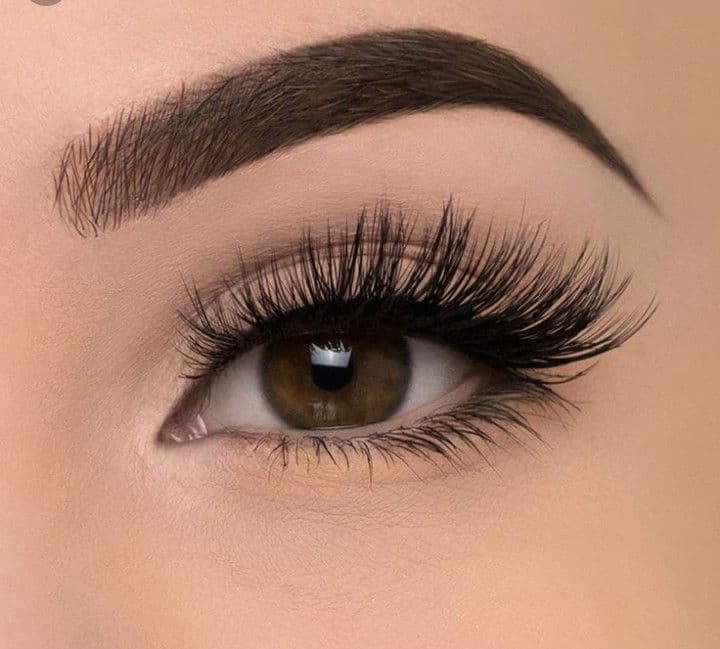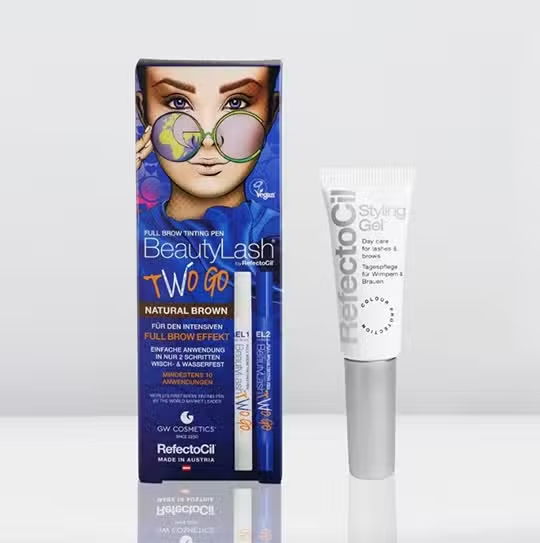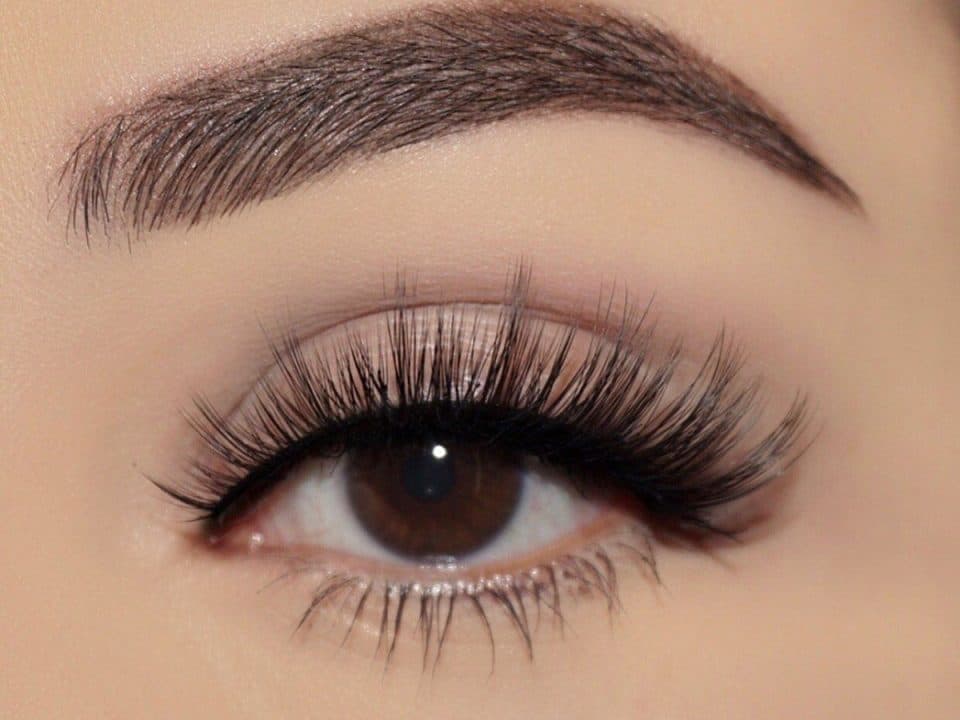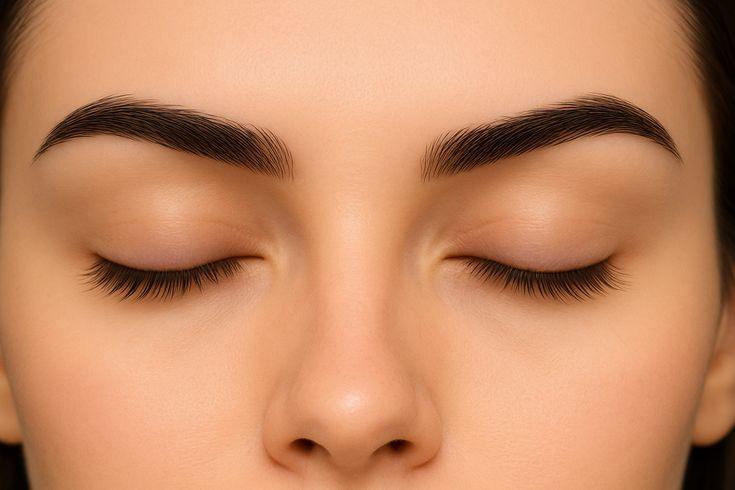Avoiding Common Brow and Lash Tinting Mistakes: A Professional Troubleshooting Guide for Australian Beauty Professionals

Mastering Professional Brow Shaping Techniques for Salon Success
October 14, 2025
The Complete Aftercare Guide: How to Help Your Clients Maintain Perfect Lash and Brow Tints for 6 Full Weeks
November 19, 2025In the beauty industry, brow and lash tinting can completely change how a client looks but only when it’s done correctly. For many salon owners and students across Australia, even a small slip during the tinting process can lead to uneven colour, patchy coverage, or unsatisfied clients. Understanding why these problems happen, and how to fix them, is essential for achieving reliable, consistent results and keeping clients happy.
This guide will help you identify the most common brow tinting mistakes, how to correct them, and how to apply professional tinting techniques in Australia using trusted products like RefectoCil.
Why Your Tint Results Are Patchy or Uneven: 5 Application Errors and How to Fix Them
Patchy or uneven tint results are among the most common frustrations for brow professionals. Thankfully, they’re usually simple to correct once you understand what’s causing them.
1. Uneven Product Application
If tint isn’t spread evenly across the brows or lashes, some areas will absorb more colour while others stay lighter. This usually happens when the brush isn’t loaded properly or the tint is brushed through too quickly.
Fix it: Apply the tint in steady, even strokes. Make sure each hair strand is coated from root to tip. When tinting brows, gently press the tint into the hairs using a small angled brush to ensure complete coverage.
2. Skipping Proper Cleansing
Even the slightest trace of makeup, oil, or skincare product can block tint from sticking to the hair. Some professionals rush this step, assuming the tint will “take” anyway, but that often leads to weak results.
Fix it: Always use an oil-free cleanser or a dedicated tint prep solution to remove makeup and sebum. For lashes, ensure no mascara or lash serum is left behind. Clean surfaces mean even, lasting colour.
3. Incorrect Timing
Leaving tint on for too short a time can cause light or uneven colour. Too long, and you risk unwanted skin staining or overly dark results. Each client’s hair type and texture should guide how long you leave the tint on.
Fix it: Follow your RefectoCil application guide carefully, but make slight adjustments depending on the client’s hair. For fine or light hair, use the minimum time. For thicker or resistant hair, extend it slightly but always watch the colour as it develops.
4. Ignoring the Natural Brow Shape and Density
Applying tint without paying attention to where the hair is thicker or thinner can make the final look unbalanced.
Fix it: Before applying tint, map the brows and note sparse areas. Use less tint where the hair is full and a bit more in lighter patches to create an even finish.
5. Poor Mixing Technique
Uneven colour can also come from poorly mixed tint. If the tint and developer aren’t blended evenly, parts of the mixture may process faster or slower.
Fix it: Mix the tint and developer in a non-metallic bowl until the texture is smooth and consistent. Always follow the ratio recommended by RefectoCil (typically 1:1 or as stated on the packaging).

The Colour Didn’t Take: Understanding Developer Ratios, Timing, and Hair Porosity
Few things are more frustrating than when a tint doesn’t “take.” You’ve done everything right, yet the result looks faded or uneven. Understanding what’s happening at the hair level helps you solve the problem quickly and prevent it from happening again.
1. Wrong Developer Ratio
One of the biggest eyebrow tint troubleshooting errors is using too much or too little developer. Too much can dilute the colour, while too little stops the tint from activating properly.
Fix it: Stick to the manufacturer’s ratio. For RefectoCil, that’s usually one part tint to one part developer. Use proper measuring tools instead of guessing. Consistency creates predictable, reliable results.
2. Low Hair Porosity
Clients with low porosity hair have tightly closed cuticles that resist colour absorption. The tint may sit on the surface instead of sinking in.
Fix it: Gently exfoliate the brow area before tinting with a mild scrub or brow prep pad. This removes dead skin and allows better colour absorption. For lashes, cleanse thoroughly to remove all residue.
3. Expired or Improperly Stored Products
Old tint or developer can lose effectiveness, especially if exposed to heat or sunlight. Even the best technique won’t work if the product is past its best.
Fix it: Keep your tint and developer in a cool, dry place and check expiry dates regularly. Replace old products, especially if they’re opened and used infrequently.
4. Rushing the Processing Time
Removing tint too soon is one of the simplest causes of poor colour payoff. Even 30 seconds can make a noticeable difference.
Fix it: Always use a timer, don’t rely on memory. Observe how the colour develops and remove the tint only when it reaches the shade you’re aiming for.
5. Ignoring Hair Texture or Colour History
Clients who’ve recently bleached, laminated, or dyed their brows may react differently to tint.
Fix it: Always do a quick consultation. Ask about recent treatments or chemical exposure. You may need to shorten or lengthen the timing slightly depending on their hair’s current condition.

When Clients Aren’t Happy: How to Handle Tint Complaints and Correct Results Professionally
Even the most skilled professionals encounter an unhappy client occasionally. How you handle it can either turn the situation around or lose a customer.
1. Stay Calm and Listen
If a client expresses disappointment, don’t rush to defend your work. Let them explain what feels wrong or different from what they expected. Many complaints are minor and easy to correct.
2. Offer a Practical Fix
Once you understand the issue, offer a clear and confident solution. If the tint is too dark, use a gentle colour remover or lightly cleanse the area with a mild exfoliant. If it’s too light, reapply the tint for a shorter time.
Fix it professionally: Avoid overdoing corrections. Always explain what you’re doing so the client feels informed and reassured.
3. Educate the Client
Sometimes, dissatisfaction comes from unrealistic expectations. Take time to explain how tinting works, how long it lasts, and what affects the results. This not only manages expectations but also builds trust and respect.
4. Keep Notes on Every Service
Document product details, timing, and any issues or corrections you’ve made. Keeping track helps you refine your professional tinting techniques and ensure consistent outcomes with returning clients.
5. Remain Professional and Courteous
Never blame the client or their hair type. Stay calm, kind, and focused on finding a solution. Clients often remember how you handled the issue more than the problem itself.

Final Thoughts: Building Skill and Confidence in Professional Tinting
Great results in brow and lash tinting come from care, consistency, and understanding, not guesswork. By learning from common brow tinting mistakes, practicing solid eyebrow tint troubleshooting, and following your RefectoCil application guide, you can deliver reliable, beautiful results that clients appreciate.
Remember, every appointment is a chance to build trust, grow your confidence, and improve your technique. Keep refining your craft, stay curious, and never rush the process, your attention to detail is what sets you apart in this profession.
If you’re ready to improve your professional tinting techniques in Australia, start using the right techniques and RefectoCil tools today to give every client the flawless, natural result they’re looking for.




